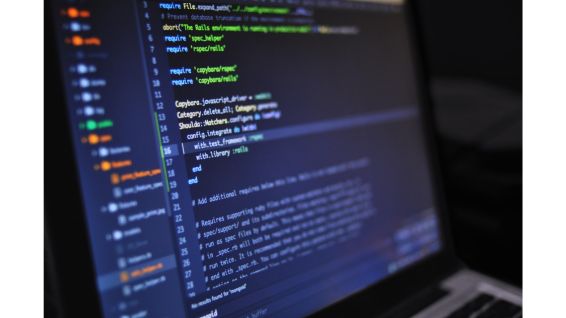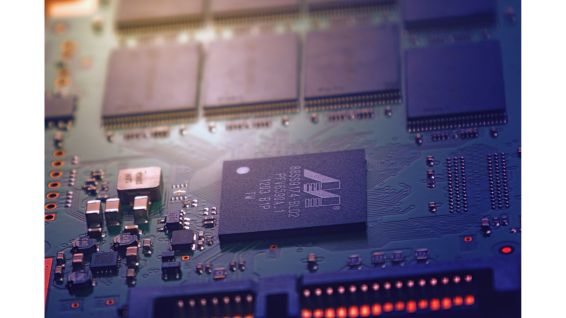Talking about Manus, the new generation of intelligent agents

This AI system, named after the Latin word "hand brain combination", not only breaks through the functional boundaries of traditional chatbots, but also marks a new stage of "autonomous execution" in global AI development.
1、 Manus: Redefining AI's' Productivity Revolution '
The core breakthrough of Manus lies in achieving a complete closed-loop from instruction to result. Unlike traditional AI that only provides text suggestions, its unique multi-agent collaboration architecture includes three major modules: planning, execution, and validation. It can automatically break down the task flow and call tools such as browsers and code editors to independently complete complex operations. In the field of education, Manus can generate teaching materials containing HTML animations based on the physical laws spoken by teachers; In the financial scene, it can integrate financial report data, market sentiment, and technical indicators to output a visual investment analysis dashboard. This "delegation delivery" model is reshaping the human-machine collaboration relationship. User test data shows that Manus' efficiency in handling tasks such as resume screening and travel planning has increased by more than 80% compared to traditional methods.
On the technical level, Manus adopts the development concept of "fewer preset structures, more natural emergence", and through high-quality data training and flexible architecture design, enables the natural derivation of computer usage, in-depth research, code generation and other abilities. Its performance in GAIA benchmark testing is particularly remarkable, not only achieving SOTA breakthroughs in L3 level tasks, but also surpassing international competitors in the dimension of "cross domain knowledge transfer". It is worth noting that the team plans to open source the inference module within this year and build a multi-agent collaboration ecosystem similar to Android. This strategy may accelerate global innovation in AI application layers.
2、 The Four Evolutionary Directions of AI Software Development
In the face of technological breakthroughs in new generation AI systems such as Manus, Miracloud has extracted core development directions for 2025 and the future based on industry trends
1. Shift from parameter competition to value creation
Global AI research and development is shifting from pursuing model scale to practical application value. Xiaohuo Company has observed a surge in demand for specialized models with strong interpretability and comprehensive data privacy protection in vertical fields such as finance and healthcare. Manus uses a multi model collaborative architecture to achieve cross industry adaptation while ensuring data security. This "lightweight, scenario based" development approach will become mainstream.
2. Role Upgrade of Generative AI
Generative AI is evolving from an "auxiliary tool" to a "decision-making partner". Taking Manus as an example, it can not only generate reports in stock analysis, but also dynamically adjust strategies to respond to market changes. Xiaohuo Company predicts that by 2027, 80% of software development will involve AI agent collaboration, and engineers will need to master new skills such as prompt engineering and RAG (Retrieval Enhanced Generation) to achieve a deep integration of "human creativity+AI execution".
3. Paradigm shift in intelligent agent architecture
Manus' multi-agent system provides a new paradigm for complex task processing. The R&D team of Xiaohuo Company found that this modular architecture can effectively improve the scalability and fault tolerance of the system. In the future, enterprise level AI development will focus more on building an "intelligent agent ecosystem", dynamically combining different functional modules through API interfaces to form a development model similar to Lego bricks.
4. Privacy computing and compliance development
With the tightening of data security regulations, Small Language Models (SLMs) have broad prospects for application in vertical fields. Xiaohuo Company adopts SLM technology in its medical AI project to complete patient data analysis locally, which not only ensures privacy but also reduces computing power costs. This combination of "specialized models+federated learning" will become a standard for the development of sensitive fields such as finance and government.
3、 Miracloud Perspective: Embracing the 'Structural Opportunities' of AI Development
In the face of technological change, we propose a "trinity" response strategy:
1. Ability upgrade path
Establish a talent pool for "AI native development" to cultivate engineers' systematic thinking and cross disciplinary collaboration abilities. Through internal training and external cooperation, focus on breakthroughs in key technologies such as prompt engineering optimization and intelligent agent behavior modeling.
2. Ecological co construction model
Actively participate in open-source projects such as Manus and explore the development model of "universal platform+vertical plugins". Build industry-specific intelligent agent libraries in fields such as education and intelligent manufacturing to form differentiated competitive advantages.
3. Compliance development system
Develop an AI code traceability system based on blockchain technology to ensure the intellectual property compliance of the generated code. Establish an AI ethics review mechanism and promote the development standards of "human in the loop" in fields such as healthcare and finance.
The emergence of Manus is not only a technological breakthrough, but also a catalyst for the transformation of the AI industry. It can be imagined what kind of changes will occur in our society, our lives, and our work in the future. When intelligent agents begin to think and act like humans, the software development industry is standing at a critical point of paradigm revolution.
Let’s start
If you have any questions, email us Jennifer@miracloud.cc









